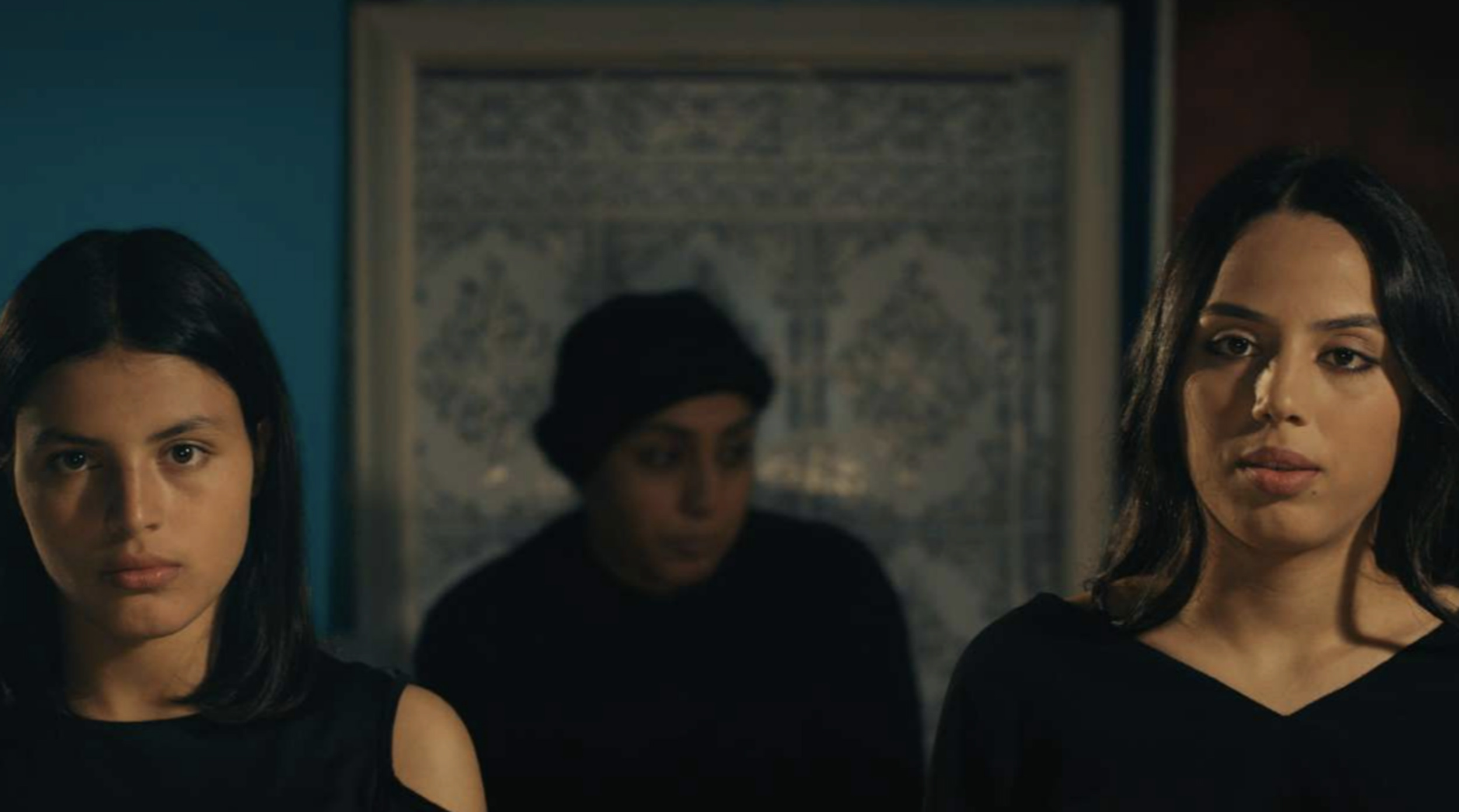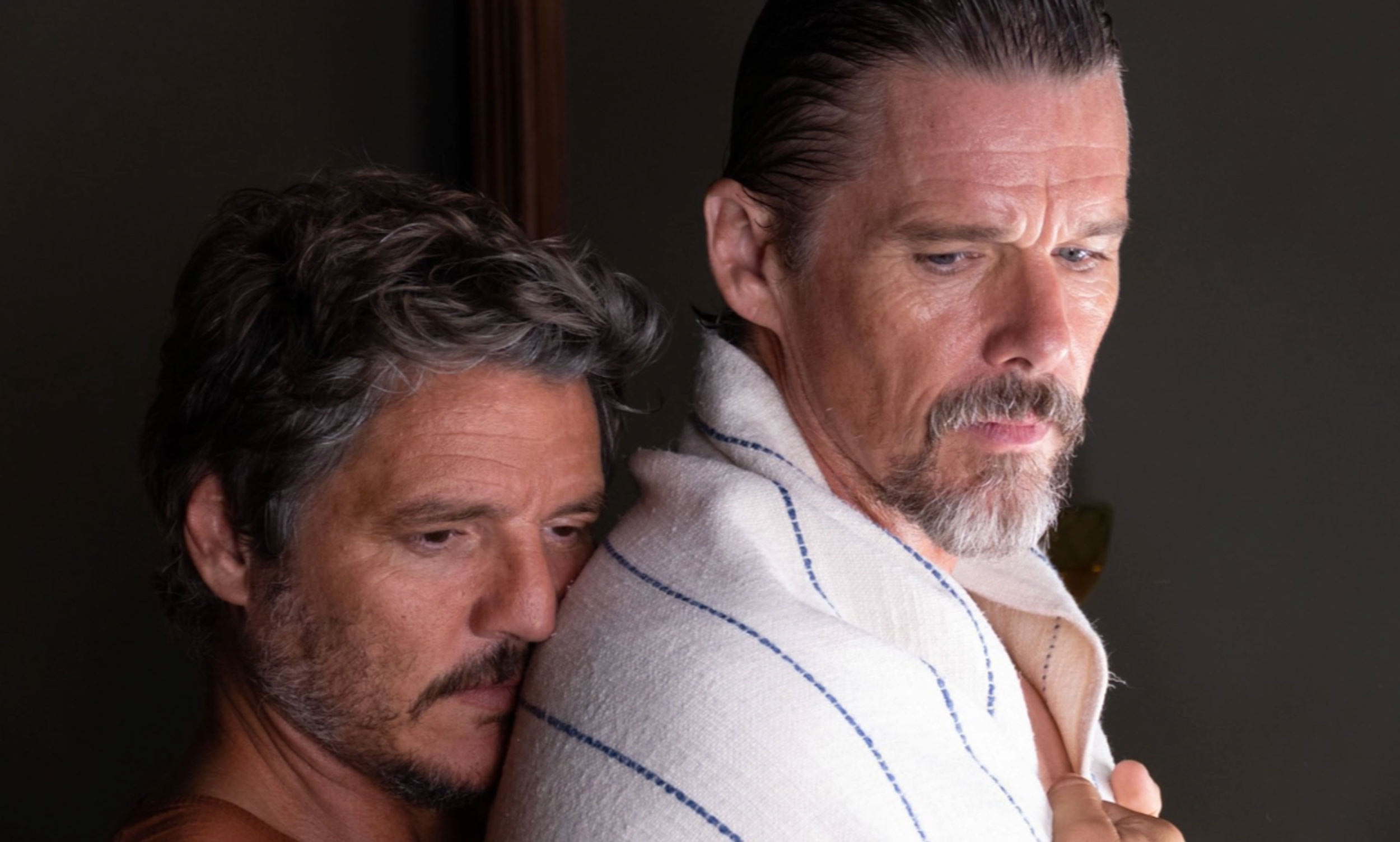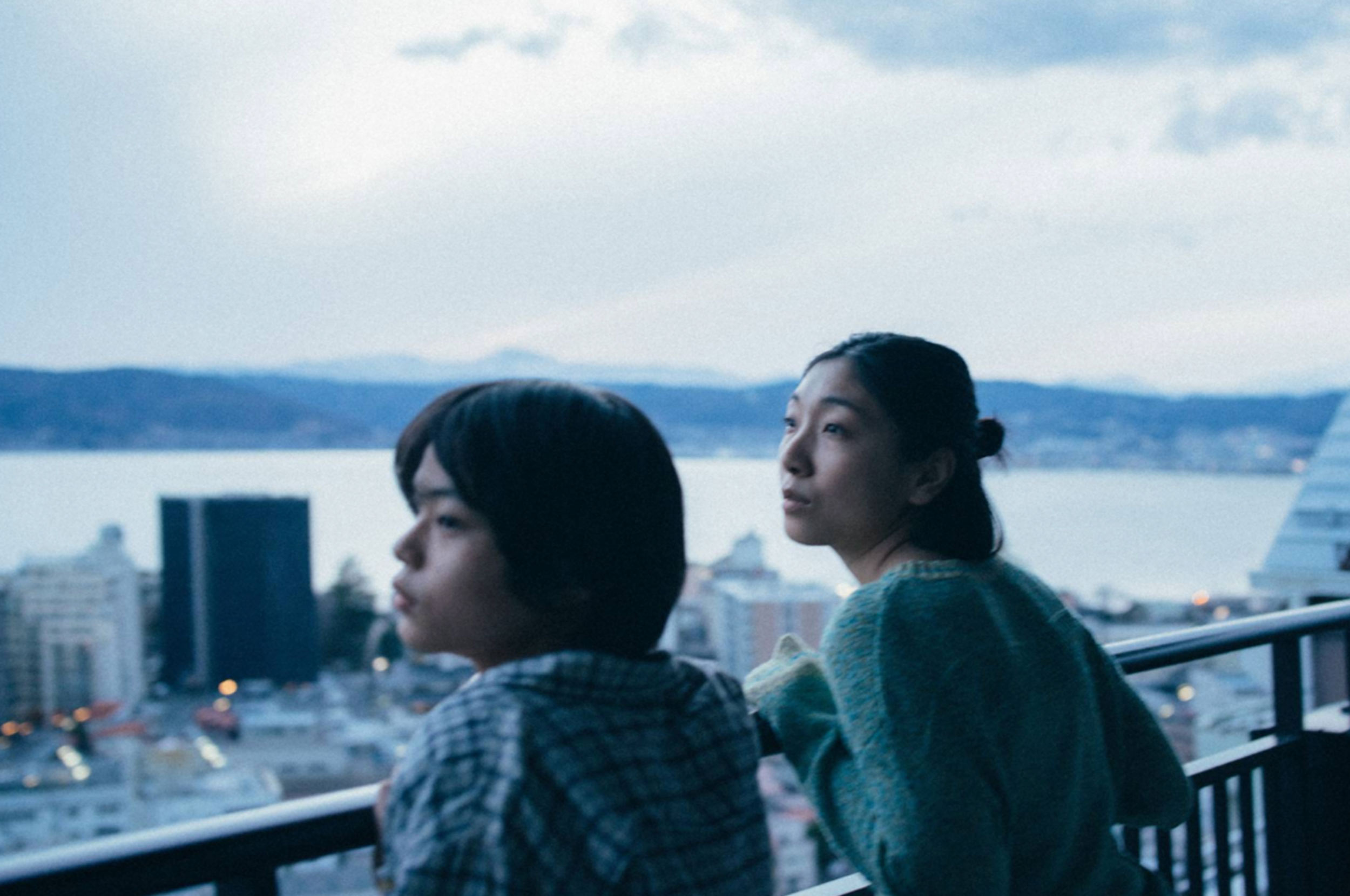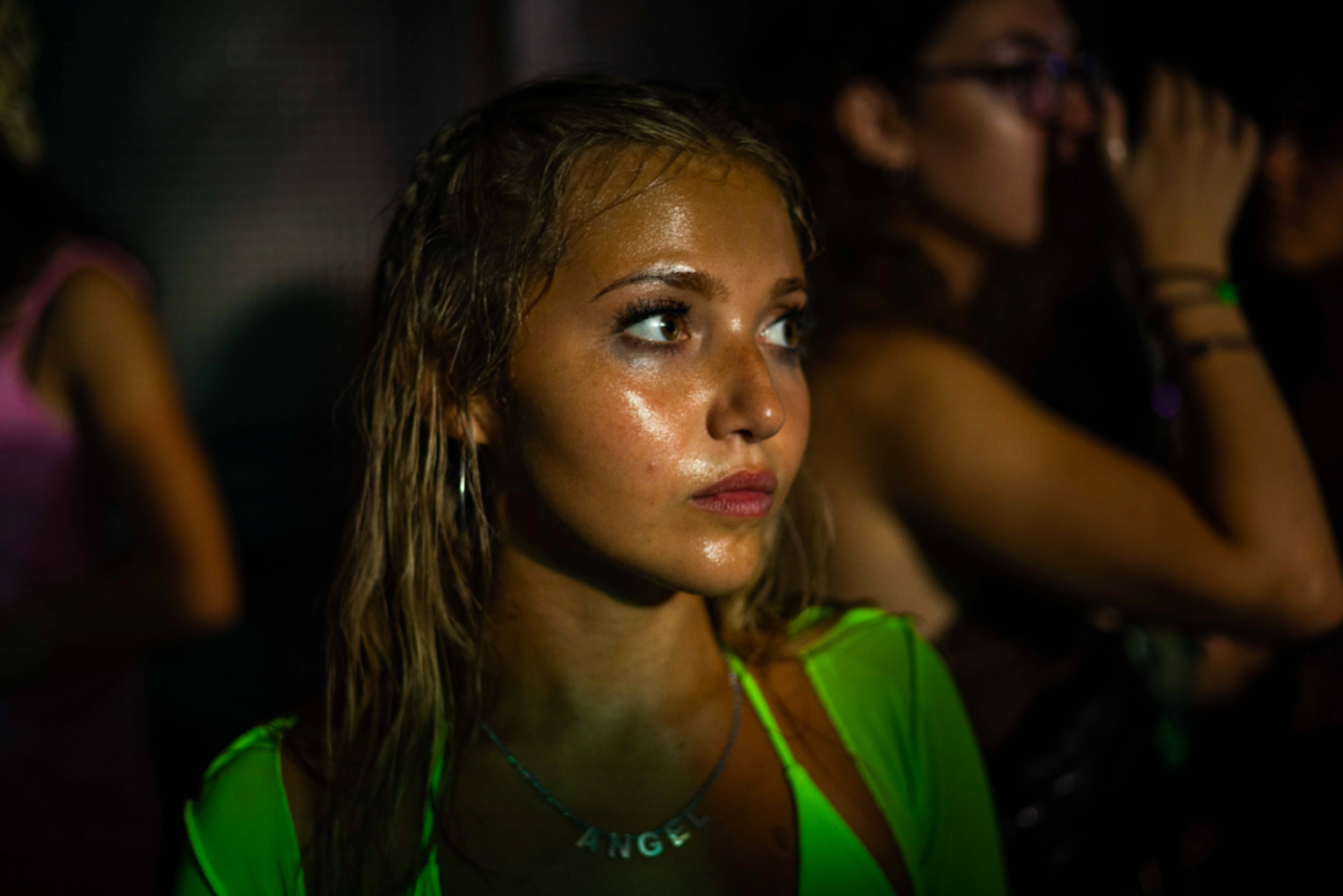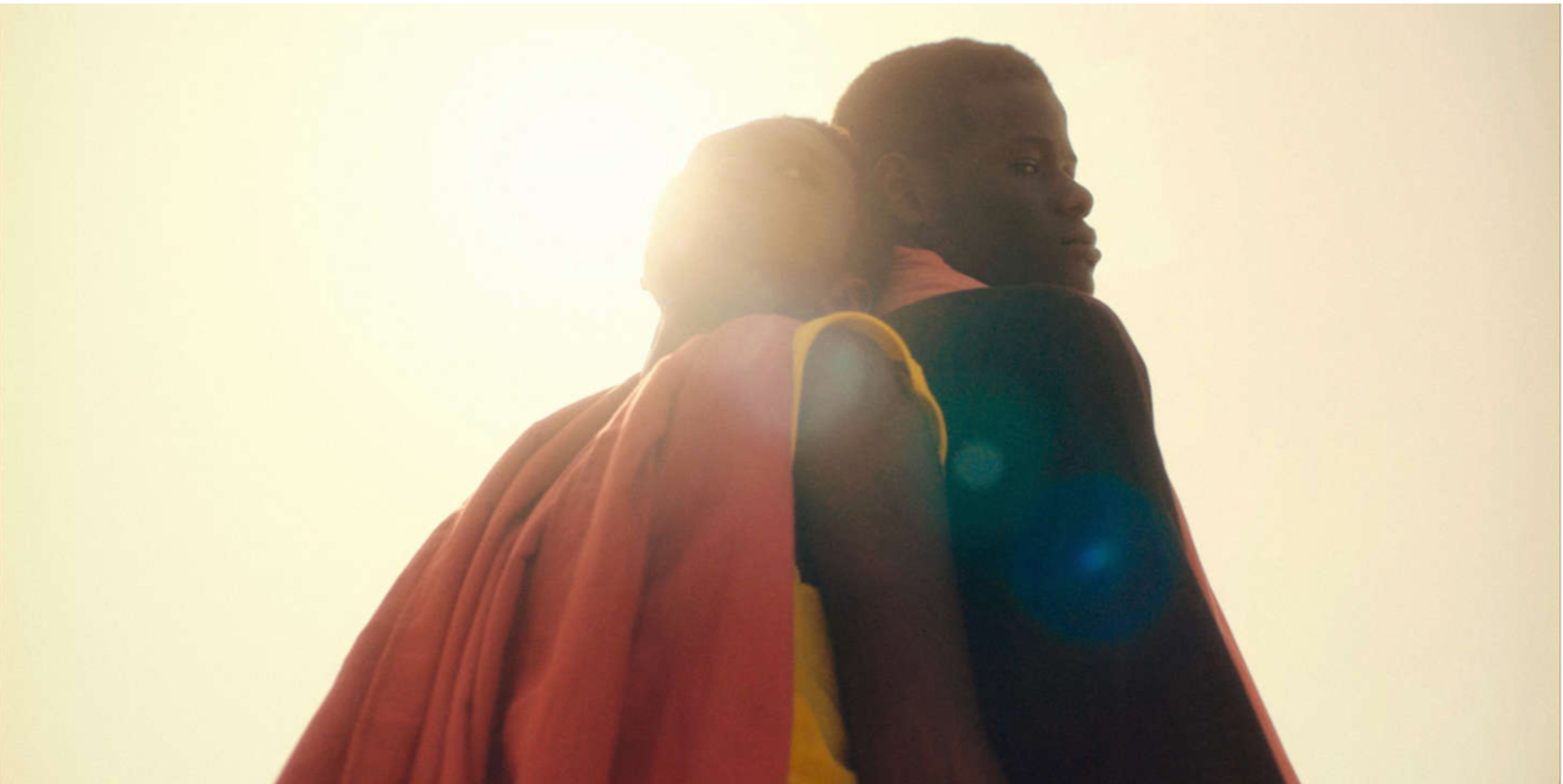Despite its reputation as a playground for the industry’s elite, this year’s festival selection did champion a diverse intellectual spirit
The French Riviera resort city of Cannes is reminiscent of Los Angeles, with a palm tree-lined boulevard edging the water, and more exclusive afterparties thrown in private villas up in the hills. Festival attendees are predominantly French, and then American—though it is an international film festival, with a diverse selection that is truly representative of a global spirit. Screenings start as early as 8 a.m., and often don’t end until the early hours of the morning. Guests’ commitments to attending them exist along a spectrum, with some sacrificing meals and sleep to see as many films as possible, and others prioritizing prep time for the evening’s bow-tie, red-carpet screenings and cocktails.
In today’s heavily-individualistic digital age, where the average person spends great deals of their time silently scrolling on TikTok and Instagram, attending the cinema is “an almost political stance,” as filmmaker Ruben Östlund—president of this year’s festival jury—proclaimed in his opening ceremony speech. “We come together and have a conversation about the world. We find out who we are and where we’re going. That is cinema’s strongest selling point.”
Östlund was the 2022 awardee of the festival’s most prestigious award—the Palme d’Or—for his film, Triangle of Sadness: a dark satire critiquing the ultra-wealthy, following fictional vacationers and workers aboard a luxury yacht. In the face of a life-threatening scenario, the vessel—and the riches it represents—reveals itself to be useless; with the passengers stripped of their lavish possessions, it’s their morals that end up dictating their fate.
“We come together and have a conversation about the world. We find out who we are and where we’re going. That is cinema’s strongest selling point.”
Like luxury yachts, Cannes Film Festival is recognized as a place for the world’s elite to gather. Though it’s officially reserved for “industry professionals,” this line is increasingly blurred each year, with a noticeable crowd of influencers, brand ambassadors, and supermodels edging in. Seated next to me at the premiere of Scorsese’s star-studded Flowers of the Killer Moon were three such individuals: Once the film began, they photographed and recorded the first five minutes, scrolled Getty Images to find photographs of their red-carpet walk only moments before, and unapologetically walked out of the theater once they’d all posted their Instagram stories. In their defense, the film did end up being nearly four hours long—and after 11 screenings across five days, I noticed that this practice was not uncommon.
On the sixth day of the festival, Östlund posted to Instagram: “Cannes is the real Triangle of Sadness.” Moments after watching films tackling complex, global issues—such as extremist terrorism in the Middle East, or Germany’s Nazi past—it was big smiles for paparazzi, before running to line up for entry to Silencio, a pop-up based on David Lynch’s famous Parisian nightclub. In 2019, the festival’s budget was reportedly €22 million. It could be its own satirical film—though officially, no documentation of the festival is allowed, and exposés on its goings-on are rumored to be largely discouraged by the internal team.
Glitz, glamor, and sly remarks aside, the following Cannes selections may transport you to an engaging universe, outside of your own—one that may challenge, or inspire new critique. Cinema’s beauty lies in the fact that it gives everyone an equal opportunity to learn, dream, and question—to participate in what Östlund deems a political undertaking.
Four Daughters, Kaouther Ben Hania, Tunisia
In the beginning of this film, the viewer is made aware that, of Olfa’s four daughters, the two eldest, Rahma and Ghofrane, are no longer with the family. To unravel the reasons why, the filmmaker orchestrates a reenactment—inviting professional actresses to play the estranged sisters, alongside the real Olfa and her two remaining daughters. This brave combination of theater and documentary is an exploration into the therapeutic capabilities of cinema: We intimately follow the grieving process of the younger sisters, Eya and Tayssir, whose grief is visceral. Olfa, their single, widowed mother—sometimes unable to feed her family—exposes a raw and vulnerable sense of self, admitting to verbally and physically abusing her daughters as they were growing up. At times, Eya and Tayssir’s reenactments of these horrific scenes can be contentious; the teenage sisters try to convince Hania, through their tears, that they are past their trauma and able to continue on with their scenes.
Four Daughters sheds light on the dark reality of radicalization experienced by many over the course of ISIS’s activity in Tunisia. The film courageously enters the psyches of Rahma and Ghofrane—two young women failed by their nation’s sociopolitical structure, who consequently joined ISIS in 2016. It allows the viewer to connect with these girls, who, at their core, were seeking acceptance following a girlhood of rejection, neglect, and denial of room to dream.
On the night of the premiere, Olfa and her two youngest daughters were dressed in beautiful traditional Tunisian gowns, dancing to the North African music playing on the red carpet. They burst into both laughter and tears over the course of the screening. Afterwards, I was left with a heaviness—perhaps stemming from a desire to place a particular person at fault for the events that these tenderhearted young girls had to endure. But Four Daughters is not a film about accountability for those impacted by ISIS, as much as it is about universal themes of girlhood, memory, and inherited trauma.
Strange Way of Life, Pedro Almodóvar, Spain
This 30-minute queer Western starring Ethan Hawke and Pedro Pascal is an elevated twist on Brokeback Mountain (2005). Quintessentially Almodóvar, the short features central themes of gender and sexuality, symbolic inclusion of the color red, and a kitchen full of archetypal Southern Spanish ingredients—hanging red chili peppers and pata negra. It’s a powerful debut from Saint Laurent Productions, underscored by the presence of Anthony Vacarello and his glamorous entourage. The house’s official entry into the realm of cinema comes as no surprise, considering its well-respected history of costume design. Strange Way of Life is an exciting promise to the evolving mergence between the worlds of fashion and cinema.
Monster, Hirokazu Kore-eda, Japan
This intricate masterpiece of Japanese cinema—delicately crafted by legendary director Hirokazu Kore-eda, along with composer Ryuichi Sakamoto and writer Yūji Sakamoto—won this year’s award for Best Screenplay, as well as the Queer Palm. Set in the city of Nagano, the film follows the story of a young boy, Minato, whose suspicious school days are of great concern to his single mother, Saori. The mystery is broken down into three successive points of view, providing answers to the communicable frustration the viewer shares with Saori, about what may be happening to her child behind closed doors. Characters we initially believe to be antagonists are transformed into heroes, delicately humanized to the fullest extent.
Through Minato’s point of view, desolate spaces are transformed into dream-like, idyllic playgrounds. Provoking the audience’s inner child, the film becomes deeply emotional—almost painful. Notably, it requires a particular level of emotional intelligence, and is not suitable for younger audiences. Yet, for me, it sparked questions about the experiences of the young actors themselves, who I saw seated at the premiere together, with big smiles after a long standing ovation.
How to Have Sex, Molly Manning Walker, UK
Imagine a Spring Breakers-esque vacation to Greece, with three British teenage girls cast straight out of a Skins episode, and you would have How to Have Sex. Between bright strobe lights and humid mornings, shared in overcrowded hotel-room beds, these characters go on a chaotic bender in an adolescent universe, lying somewhere between pure idealism and harsh reality. Over the course of 98 minutes, the viewer is subjected to 16-year-old Tara’s extreme yet realistic teenage desire for experience. Her friend group’s peer pressure deprives any conversation of the necessity of boundary-setting—Tara finds the reality of consent in sexual encounters to be less black-and-white than we are conditioned to believe. The film inspires dialogue around non-consensual and first-time sexual encounters, as well as the vulnerability that comes with being a teenage girl in a world where societal pressures encourage concealment of insecurities.
Brilliantly capturing the nuances of coming of age, How to Have Sex intimately depicts teenage social norms, and the consequences of passive female friendships. This film took home the prize for Un Certain Regard—a promising directorial debut, suggesting a hopeful trajectory for lead actress Mia McKenna-Bruce.
Banel & Adama, Ramata-Toulaye Sy, Senegal
An atmospheric portrait of a remote village in Northern Senegal, this debut feature from Ramata-Toulaye Sy fixates on the intensity of a young couple’s burning love, and Banel’s almost-violent fixation on the promise of transformative escape through her partnership. The impacts of climate change are addressed through Amine Berrada’s thoughtful cinematography, shining blinding, white sun over the audience and desert sand over the village. Notably, Sy is the second Black woman to compete at Cannes, following Mati Diop’s drama Atlantics (2019). The tempo of the film is meditative, with the characters strategically placed to paint a holistic picture of this village’s social hierarchies, with both gendered and religious power dynamics at play.



